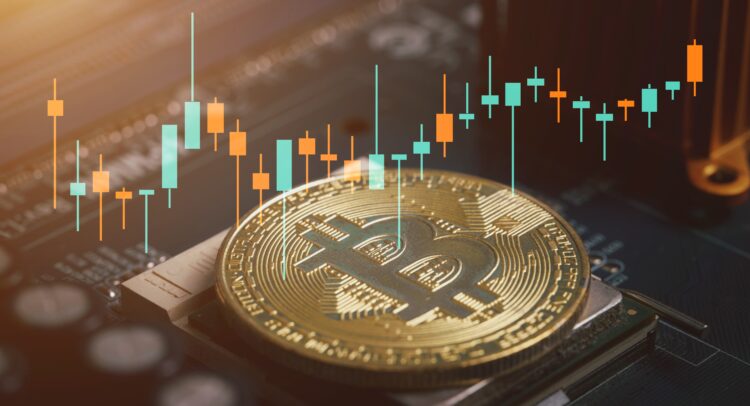At the beginning of this month, Coinbase (NASDAQ: COIN) announced they are partnering with Lightspark to bring the Bitcoin (BTC-USD) Lightning Network to their exchange. For the crypto market, and especially Coinbase’s users, this was welcome news.
Conceived by Joseph Poon and Thaddeus Dryja in 2016, the Lightning Network was their brainchild to combat the creeping lethargy of Bitcoin’s transaction speed. They created a second layer (L2) on top of Bitcoin’s blockchain. Think of it as an express lane over the regular Bitcoin highway, where transactions could zip around without clogging the main blockchain.
How It Works: Magic or Mechanics?
Here’s the techie bit for those who like to look under the hood:
- Payment Channels: Users open up payment channels between each other. Think of it like opening a tab at your favorite dive bar—except it’s with Bitcoin.
- Off-Chain Transactions: Once you have a channel, you can transact off the main Bitcoin blockchain. Only the final account settling happens on the blockchain, which cuts down on the number of transactions that need to be confirmed in the regular way.
- Network of Channels: These individual channels form a vast network, enabling users to send payments to others through a chain of connected participants even if they don’t have a direct channel.
The Not-So-Sparkly Parts
While the Lightning Network might sound like the speed hack the laggard Bitcoin didn’t know it needed, every hero has its kryptonite:
- Complexity: Setting up and using the Lightning Network isn’t just a walk in the park. It’s more like a hike up Mount Everest, without a sherpa.
- Liquidity Issues: You’ll need sufficient funds locked in to make payments, which can be a bit of a party pooper if you’re running low on available Bitcoin.
Despite its challenges, the Lightning Network is gaining traction. From small e-commerce stores to tech-savvy cafes, businesses are testing the waters. But in addition to Coinbase, other big-name exchanges use Lightning: Bitfinex, Kraken, OkEx, Bistamp, Binance, and BitMex.
The Bottom Line
On the positive side, Lightning Network offers fast and cheap transitions, potentially making Bitcoin practical for daily use. However, there are drawbacks to consider. Its complexity and the challenge of maintaining liquidity could be a stumbling block. Additionally, running a node independently can be expensive.
Don’t let crypto give you a run for your money. Track coin prices here


















